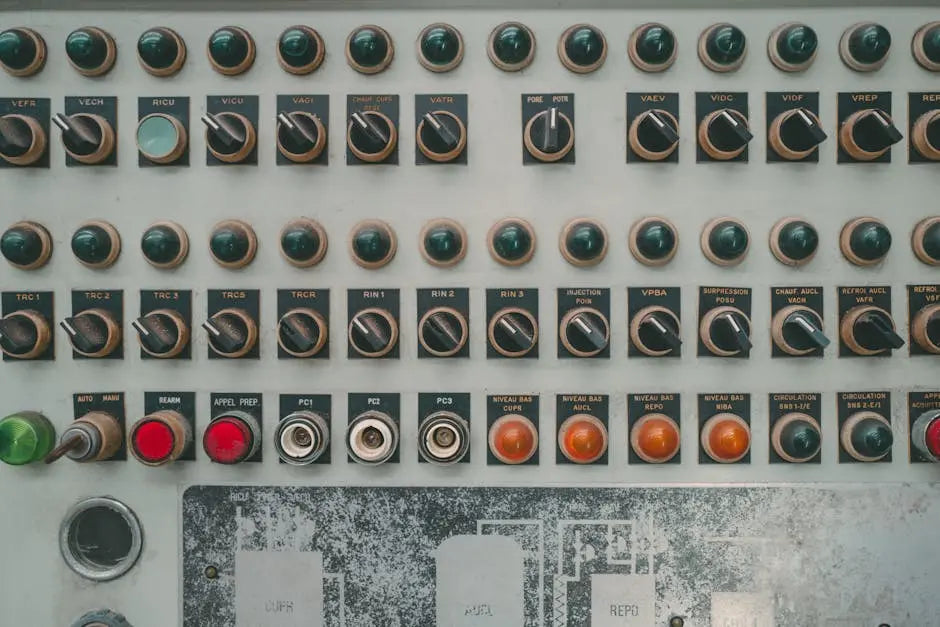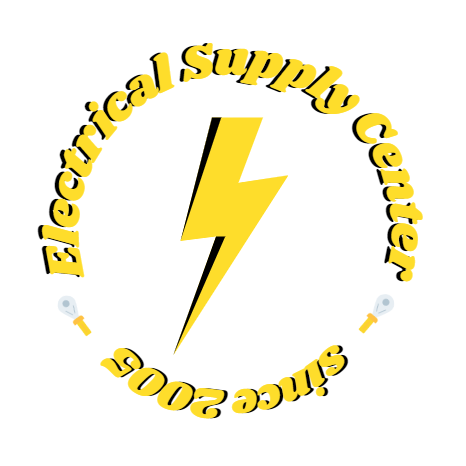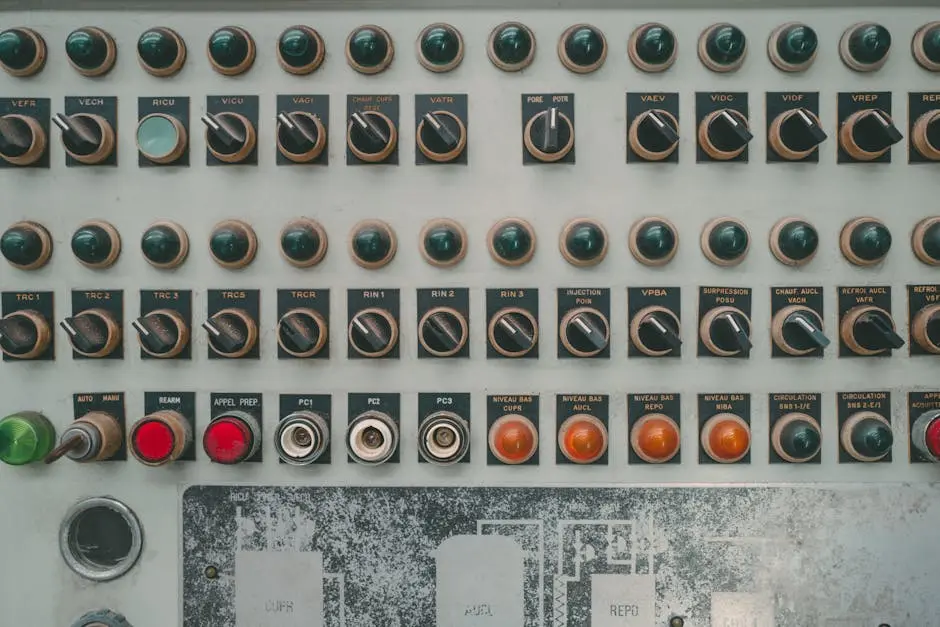
Exploring the Different Types of Toggle Switches for Your Projects
Share
Toggle switches might seem like simple components, but they play a crucial role in many projects, from electronics to home automation. In this guide, we’ll walk through the various types of toggle switches, their specific features, and where each type might best fit in your projects.
Understanding the Basics of Toggle Switches
Before diving into the types, it’s essential to grasp the basic concept of toggle switches. Typically, these are manually operated switches used to control a circuit and are recognized for their simple on-off mechanism with a lever or handle. Toggle switches are known for their reliability and longevity owing to their robust design, which suits both domestic and industrial applications. They come with different functionalities, but the core idea remains the same – letting or interrupting the electrical flow to manage power and control circuits effectively.
In modern electrical projects, toggle switches are indispensable due to their versatility. Whether in a classic setting like a vintage radio, where a subtle flip can tune the world into silence, or in more contemporary use like a smart home system, they operate as silent sentinels of control. Moreover, there are various mounting options such as panel-mount and chassis-mount, making toggle switches adaptable to different types of panel designs and enclosure styles.
Single-Pole Single-Throw (SPST) Switches
SPST switches are among the most straightforward types, offering a single on-off function. These are commonly used when one circuit needs simple switching, like turning a light on or off. Operating much like a simple lever, SPST switches can find a place in nearly every kind of electronic application where control over a single device is needed. Their popularity is partly due to their simplicity and reliability, offering a cost-effective solution for circuit control without the need for complex wiring or installation needs.
One of the best aspects of using an SPST switch is that it requires minimal maintenance and is built to withstand repeated use. This makes them particularly popular in everyday items such as home appliances, flashlights, and even within intricate control systems. Whether you are a hobbyist working on a small DIY project, or involved in a large-scale industrial design, SPST switches offer a no-nonsense approach to power and circuit management.
Single-Pole Double-Throw (SPDT) Switches
An SPDT switch can connect a common terminal to one of two other terminals, effectively allowing one input to be switched between two outputs. This function is handy for making or breaking two circuits. It’s an ideal choice for applications where you need to toggle between two different outputs or pathways in a circuit, like controlling two sets of lights from a single wall switch, or selecting between different inputs in audio applications.
Moreover, it’s not just limited to applications requiring simple on-off actions. SPDT switches come into play when you want to design more versatile solutions without getting into complex circuitry. They are commonly embedded in more elaborate control systems, providing the flexibility to switch operations or configure different settings seamlessly. SPDTs are crucial in automotive applications, where they often control lighting and signaling devices, demonstrating their utility in ensuring the reliability and safety of vehicle operations.
Double-Pole Single-Throw (DPST) Switches
DPST switches control two circuits at the same time with a single toggle. Essentially a pair of SPST switches, DPSTs are often used in applications needing concurrent opening or closing of two circuits. Considered highly efficient, they streamline operations by allowing dual operations to be performed with ease and precision, making them invaluable in scenarios demanding synchronized control of multiple circuits.
These switches are typically found in households and industrial settings for managing electrical appliances and machinery. For example, they are often used in the control panels of heavy machinery where multiple circuits need to be activated simultaneously, making operational tasks more manageable. Their simplicity of design and robust mechanics not only make them easy to install but also highly reliable for continuous operation in demanding conditions.
Double-Pole Double-Throw (DPDT) Switches
DPDT switches provide two SPDT switches, often used to reverse the polarity of a signal. This property makes them ideal in applications like motor reversing. DPDT switches are the go-to option when you need to switch connections between different circuits or reverse current flow, ensuring that they play a practical role in circuits that require directional change.
Beyond polarity switching, they are regularly utilized in complex electronic devices ranging from electric guitars to robot control systems, where signal direction needs to be managed deftly. These switches empower users with the capability to direct energy flow creatively and efficiently, tailoring the operation of devices to precise specifications. Considering the intricacy of their functionalities, DPDT switches are instrumental in enhancing the adaptability and precision of control systems across various fields.
Choosing the Right Toggle Switch for Your Project
When selecting a toggle switch, consider the electrical requirements, such as voltage and current ratings, as well as the switch’s physical requirements, including mounting style and size. These elements are crucial as they can impact the durability and safety of the switch within your application, necessitating careful analysis before making a decision.
Furthermore, assess the environmental conditions in which the switch will operate. Factors like exposure to moisture, dust, and temperature extremes can determine the switch’s longevity and effectiveness. Opt for robust, weather-resistant options if your project is situated in challenging environments. For personalized advice and to explore our extensive product range, feel free to reach out.
Ultimately, aligning your choice with project needs will ensure seamless integration and optimal performance. Consult technical experts if unsure about specific requirements, and consider starting with adaptable solutions that can be modified as project demands evolve. Remember, the right toggle switch not only controls current flow but also enhances the efficiency and reliability of your overall project performance.
Selecting the Right Toggle Switch for Your Needs
Choosing the right toggle switch can dramatically affect your project’s functionality and user experience. By understanding the different types available and their specific applications, you can ensure that your project’s design is efficient and effective. Whether you’re working on a small hobby project or a larger industrial application, there’s a toggle switch suited for your needs. For more resources and assistance, don’t hesitate to visit our homepage.

